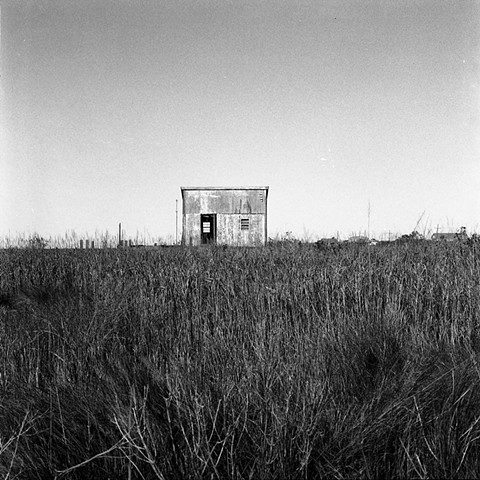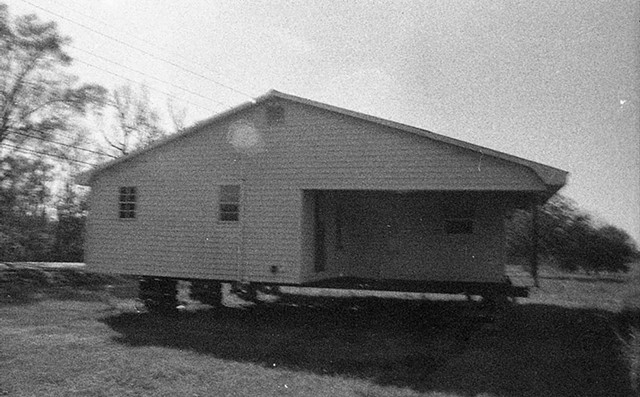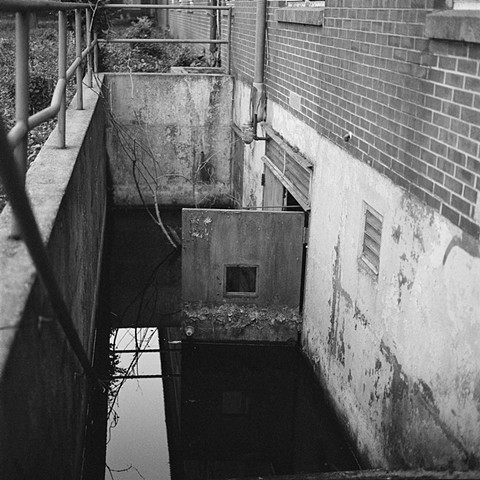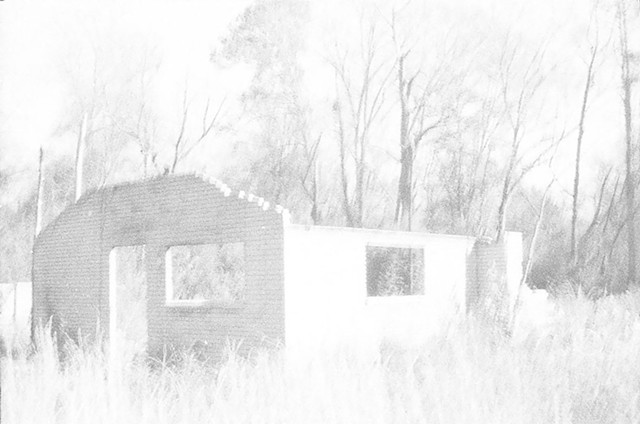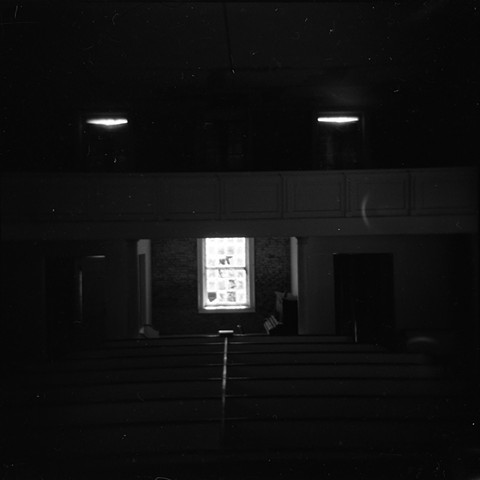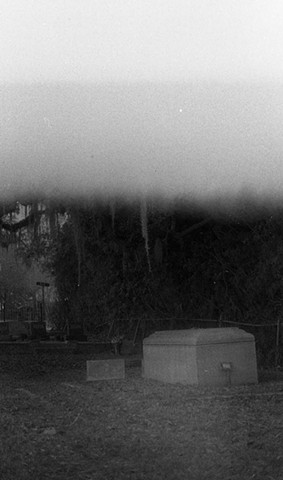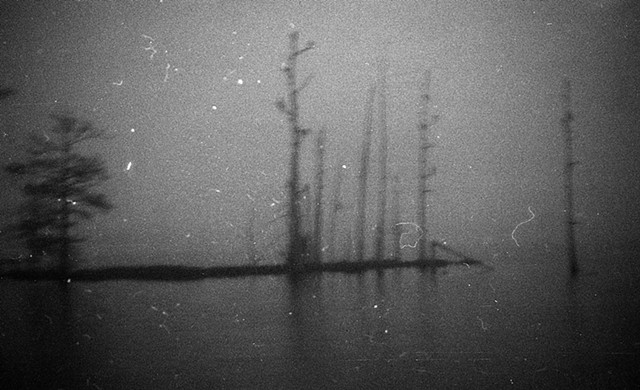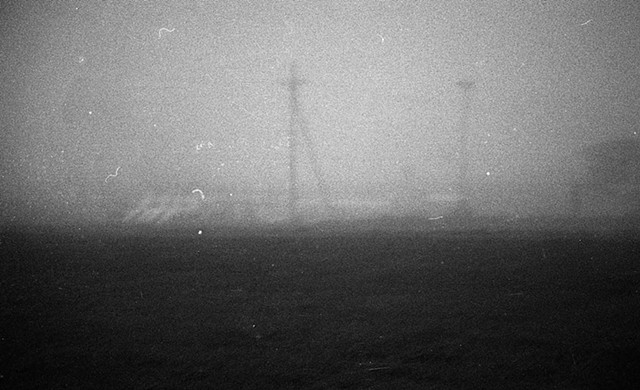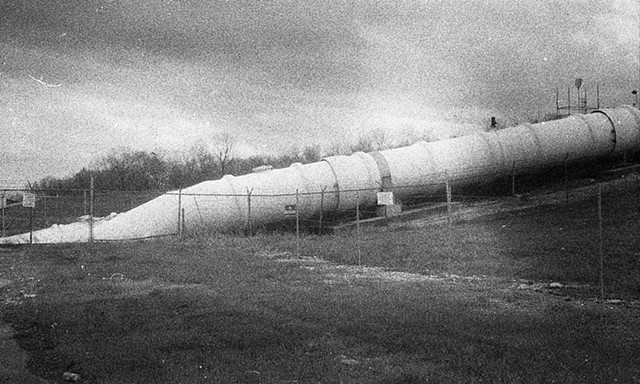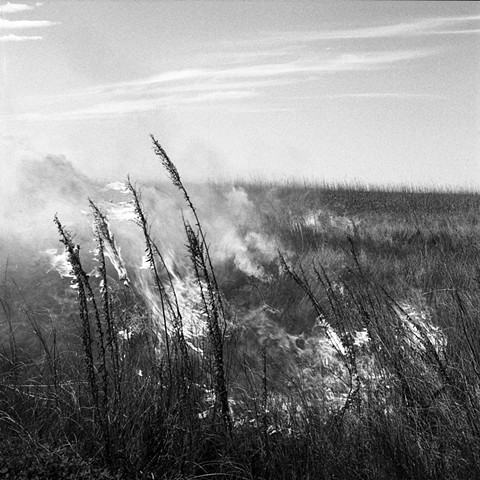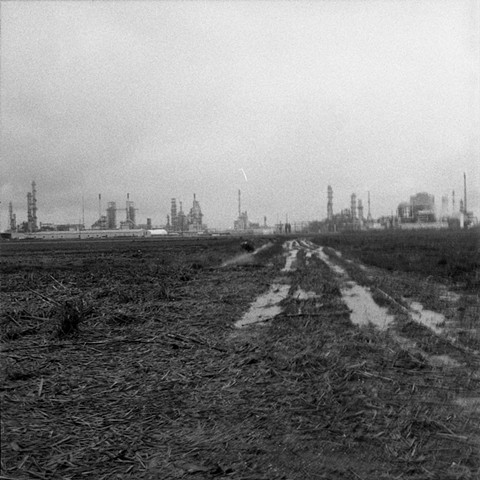Bleeding Pleading Cursing
For my thesis paper, I made a book titled, Bleeding Pleading Cursing. This project was a collaboration between other University of Illinois Art & Design alumni, designer Andrew Harlan and art historian Sarah Richter. Bleeding Pleading Cursing is a survey of my film photography the past three years as a source material for my studio practice, my relationship to the oil industry and kinship with the Louisiana landscape.
A brief excerpt:
Sarah Richter: Elliott, thank you so much for letting me be a part of this project and get the chance to speak with you a bit more about your current work. I know you mentioned that this body of work represents a shift in your artistic practice. Can you say a bit more about that and why you chose photography?
Elliott Stokes: Photography has always been a sketching device I’ve used in my artwork, specifically when traveling and scouting for materials, but I’ve never heavily featured photographs or allowed my photographs to stand alone. As I began working through this thesis paper, I wanted to share my personal narrative of how labor and landscape came to manifest in my art practice. I grew up in proximity to the oil industry of southeast Louisiana and saw firsthand the effects of natural disasters and the resulting economic ruin. In attempting to put this into words, I kept returning to images of the location. The more I examined my photographs of these landscapes, the more I found a narrative already present. Photography is effective because it allows the images to exist within a state of timelessness: I want the viewer to not know exactly when these images take place. This speaks to the larger themes of hauntology, as reflected in the history of Southern gothic literature, how the inescapable past remains present in the landscape of the current southern landscape. The future landscape can be implied through the use and role of petrochemical facilities and its continued societal and ecological impact.
